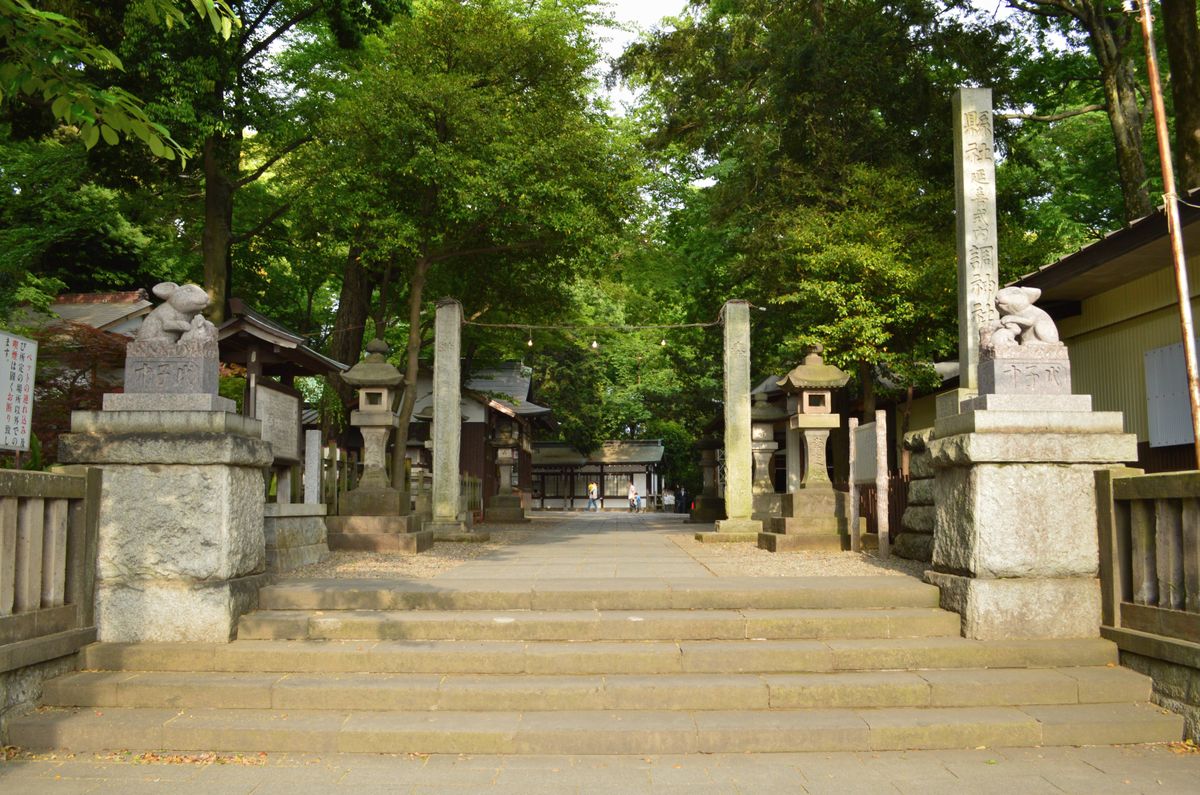About
Reportedly established around 771, Tsuki Shrine in Urawa, Saitama, is notable for its association with rabbits. Instead of the typical komainu statues—a pair of lion-like dogs (or sometimes foxes) guarding the shrine—this one has stone bunnies manning the entrance.
The shrine is believed originally to have been a sacred storehouse, where the tribute to the gods was kept. In Japanese, such tribute is called mitsugimono, archaically chōmono. The shrine was eventually named Tsuki Shrine, after another pronunciation of the kanji for chō. Some time in the Middle Ages, the name was associated with tsuki, Japanese for “moon.”
In East Asia, the dark markings of the moon are traditionally interpreted as the shape of a rabbit. Thus, the shrine adopted the rabbit as its shinshi, or divine messenger, who serves the shrine’s kami (deity) as a familiar. Today, stone rabbits can be seen throughout the grounds.
Another unusual feature of the shrine is its lack of tori’i arches, which are commonly found in shrines across Japan. According to the local legend, this is due to the fact that the shrine used to be a storehouse, and to make transport easier, the story goes, the arches were removed.
Another legend explains why the shrine also lacks pine trees. At Tsuki Shrine, the sun goddess Amaterasu and her brother Susano’o-no-Mikoto are worshipped, in addition to agricultural goddess Toyouke-Ōmikami. It is said that once Amaterasu was waiting for Susano’o’s return, but he wouldn’t come back for ages. In Japanese, the word matsu means both “pine tree” and “to wait.”
Today, the word tsuki has another meaning: luck. For this reason, local athletes are known to visit the shrine to pray before big competitions and games.
Related Tags
Know Before You Go
The shrine is about a 10-minute walk from Urawa Station.
Hidden Japan: Sado Island, Nara & Kyoto
Explore a different side of Japan.
Book NowCommunity Contributors
Added By
Published
July 24, 2020









































